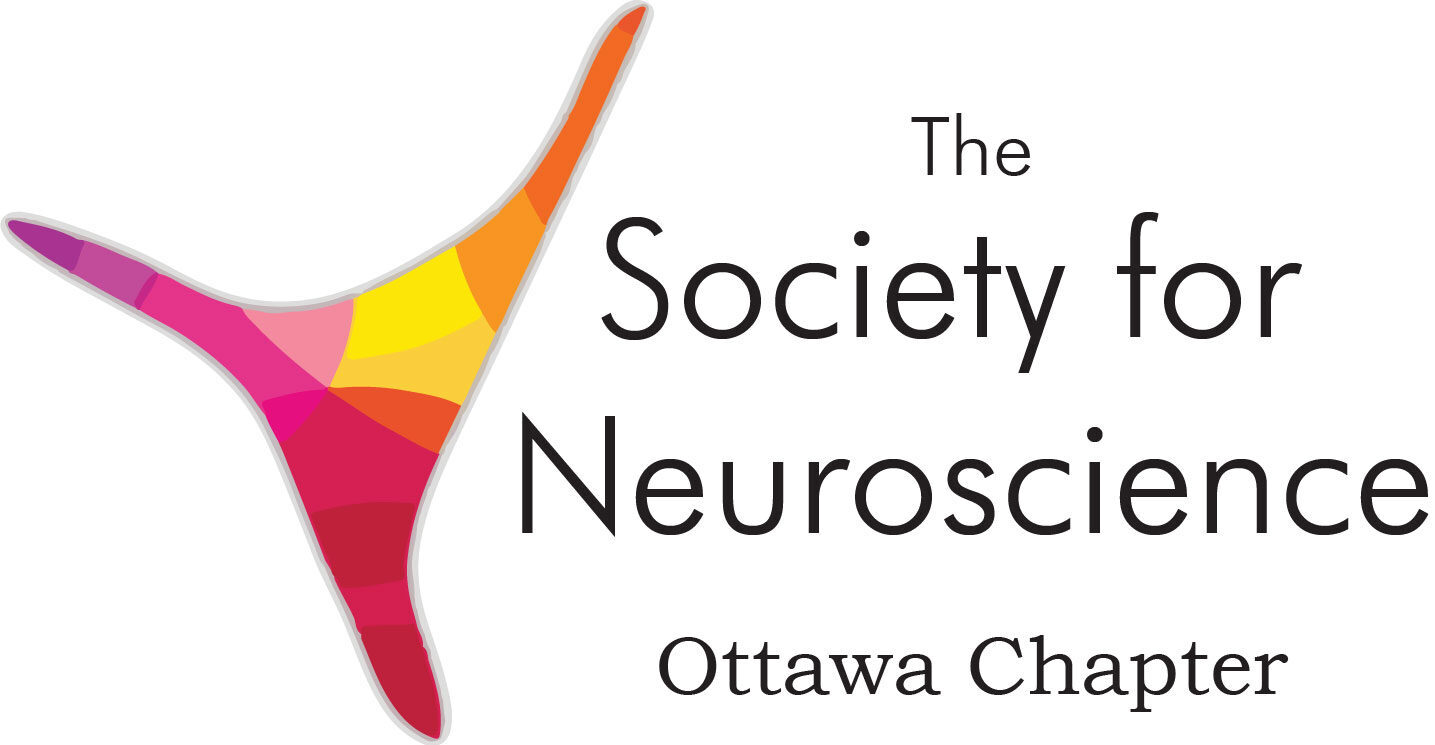Brain Bee Study Resources
Format of the Competition
The CIHR Brain Bee is a standardized event and because of this, the questions and format that students will see in the Ottawa Brain Bee competition will be similar to those seen at the National competition. The Ottawa Brain Bee will take place in-person at Carleton University and will be comprised of three different rounds of competition:
- Neuroanatomy:
- In this round, students will be shown a series of brain images and histological stains from UBC Neuroanatomy. Students will need to correctly identify the highlighted region/structure of the brain or determine which brain region the histological stain comes from. Students will also be required to give a brief summary as to the function of that brain region/structure.
- Patient Diagnosis:
- In this round, students will become the doctor, looking to diagnose patients based on background history and questions they can ask to help better understand the patient and their diagnosis.
- Short Answer Questions:
- In this round, students will be required to answer short answer questions correctly.
Study Preparation

Information regarding the details of the online course can be found on the About the Brain Bee page. The two main textbooks which the video lessons were created from are:
- The primary study resources on which our Brain Bee (and the National Brain Bee) is based are the following:
- “Neuroscience, Science of the Brain” – PDF book
- Neuroscience: Exploring the Brain (Bear, Connors & Paradiso, 3rd Edition): (aka “the BEAR book”):
- Chapter 2 (5 Mb)
- Chapter 7 (6.4 Mb)
- Chapter 7 Appendix (5.2 Mb)
- Chapter 15 (4.7 Mb)
- Chapter 22 (6 Mb)
In addition to the above resources, questions for the Ottawa Brain Bee will also be taken from Brain Facts 2018, therefore students are highly encouraged to review and study the material outlined in this textbook.
Please note that while the Ottawa Brain Bee uses the above resources, the National Brain Bee now uses the below textbooks and resources. These resources cover a lot of the same content but do go into more detail. This means that the winner of the Ottawa Brain Bee will need to study these advanced resources in preparation for the National competition. For more information on the National Brain Bee resources, please visit http://brainbee.ca/students/preparing-for-the-national/.
Additional resources for studying neuroanatomy are listed below that students can use to aid their studying:
Functionality and location:
- Anatomy explorer
- Interactive 3D Brain Model – False colour but a good place to start to get to know the brain
- Digital Anatomist Project
- *Video lesson (animated) on parts of the Limbic System
Actual images: (the National competition uses REAL brain slices – you need to know the FUNCTIONALITY and Anatomical names of each area)
- Coronal Sections
- Horizontal Sections
- Neuroanatomy Tutorial – High quality images of Saggital, Coronal and Transverse sections
- Links to Saggital, Axial(horizontal) and Coronal section views
- Video analysis and explanation of actual tissue – Brain Stem and Cerebellum
- Video dissection of human brain from UBC – with descriptions of each antatomical component
- Video of Full Brain dissection (long)
- Video of Dissection and excellent description of the Meninges
- Video dissection of Cerebellum and Brain stem
- Video dissection and discussion of the Limbic System including Hypothalamus, Thalamus, Mammilary bodies, and hippocampus
- A great summary page for Neuroanatomy – contains both function and location
- Image showing where Hypothalamus is relative to Mammilary bodies
- Great Neuroanatomy Flashcard set at Quizlet
